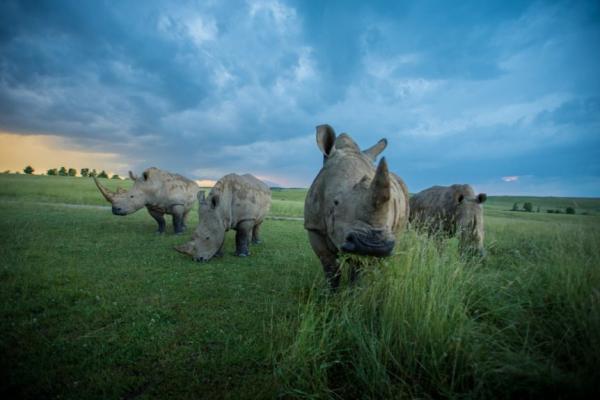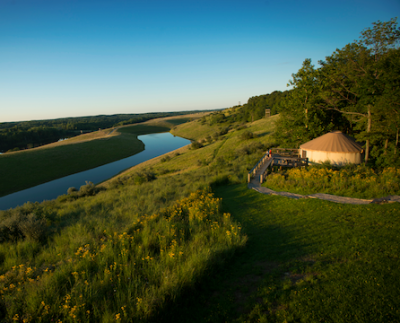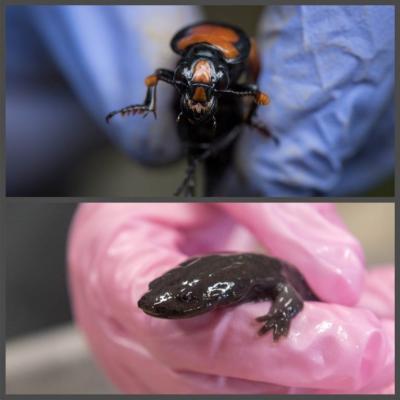GWI Director to Lead Wilds Research Project

MICHELLE BRKLJACIC
With the recent trend towards cleaner energy and reduction of greenhouse gas emissions, there is work being done to determine the impacts of shale-gas production and limit its environmental impact. A highly interdisciplinary team has come together for a project to address these concerns, including GWI’s Executive Director Dr. Tom Darrah serving as PI. Other team members are post-doctoral researcher Dr. Colin Whyte and Dr. David Cole from the School of Earth Sciences, Dr. Roman Lanno from the Department of Evolution, Ecology, and Organismal Biology, and Dr. Jaylene Flint and Dr. Mark Flint from the College of Veterinary Medicine.
Drilling for the project will occur in eastern Ohio near the Wilds, a non-profit safari park and conservation center. The project’s main goal is to analyze the air, surface water, groundwater, soil, and ecological impacts of hydraulic fracturing across the Wilds’ property, with the hope of improving production of shale gas by understanding its environmental harm.

These research activities will:
- allow for better understanding of the site’s environmental chemistry
- monitor the impact on air and water quality
- monitor the effects of habitat changes
- better the understanding of health effects of wildlife near drilling sites
With the collaboration of professionals from many different fields, this project will uncover new understandings of the ecological impacts of hydraulic fracturing. The first stage of work will focus on water and soil sampling to determine overall water quality and soil chemistry before and after hydraulic fracturing. The second stage of the study involves veterinarians and biologists, who will study the impacts on wildlife health and niches.

Learn more about The Wilds here.
